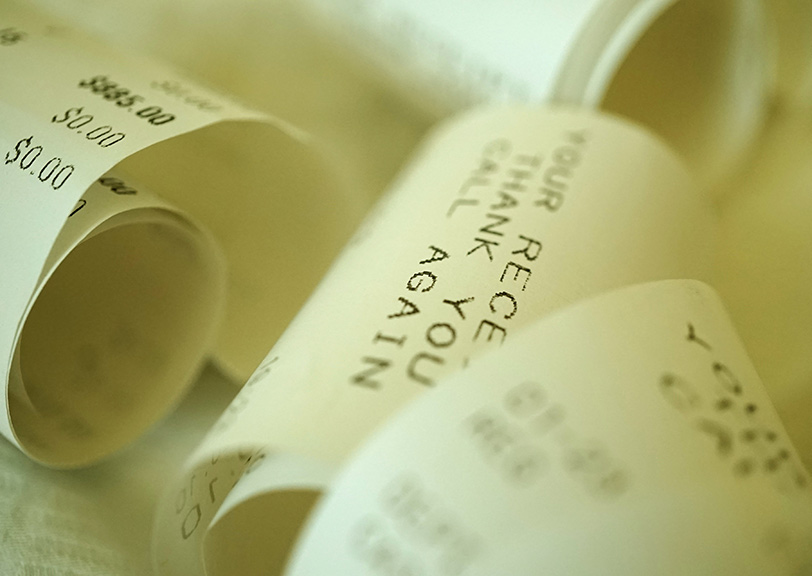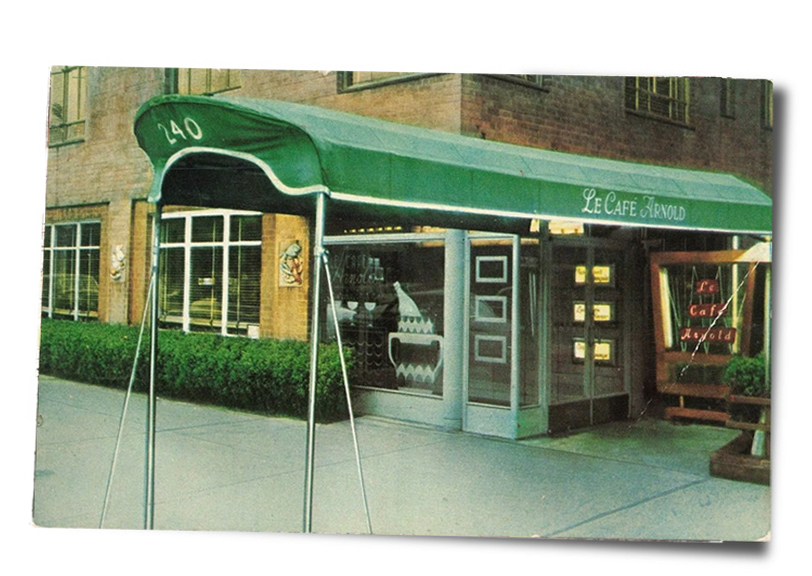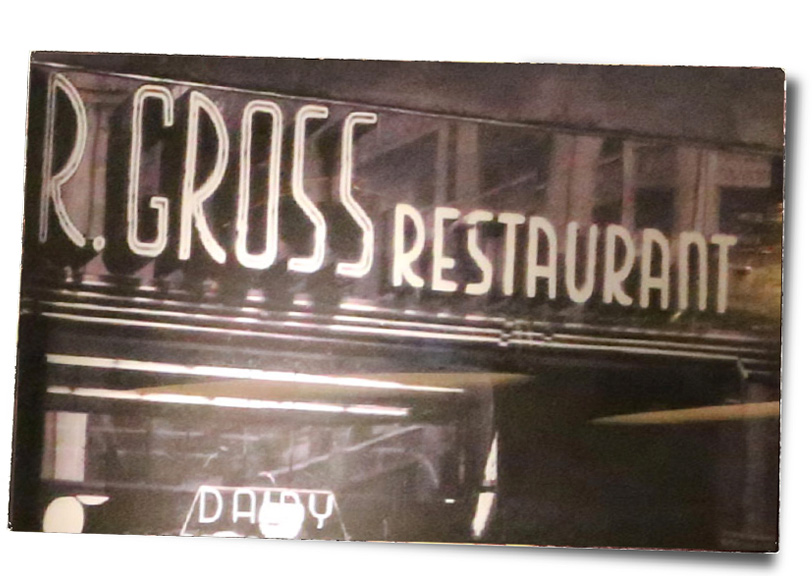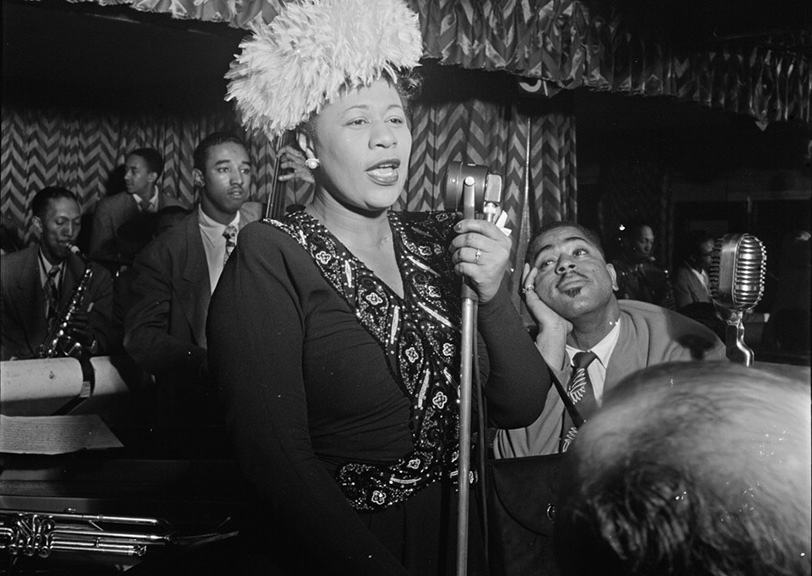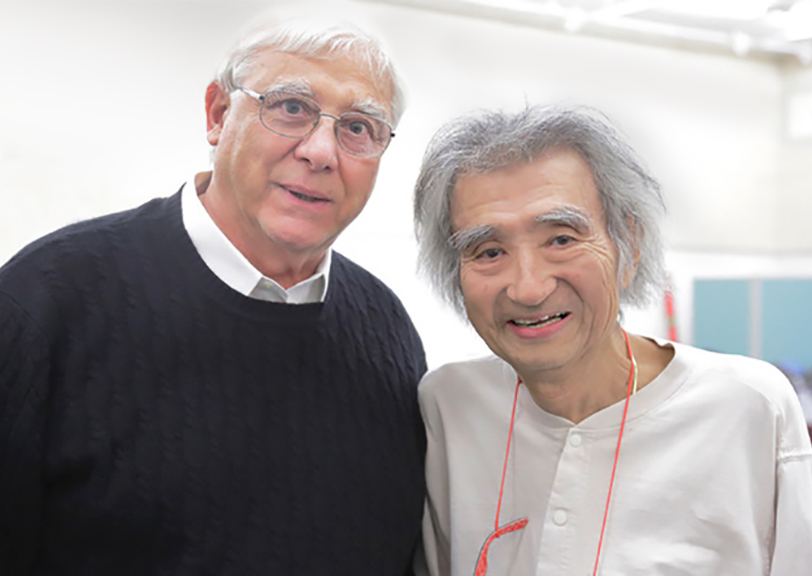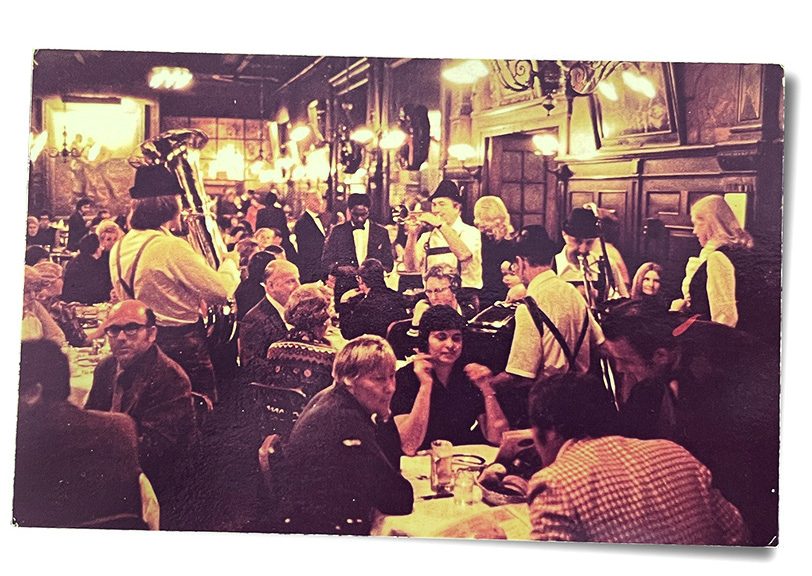ENTER YOUR EMAIL TO RECEIVE OUR WEEKLY NEWSLETTER
New York Seniors and the Clutter Dilemma
The stuff we’ve accumulated over the decades is reaching epidemic proportions, taking up valuable square footage in our not-so-spacious New York City apartments. Here are pointers on getting rid of goods we no longer want or need—by donating or consigning them, or storing them offsite and onsite.
By Linda Dyett
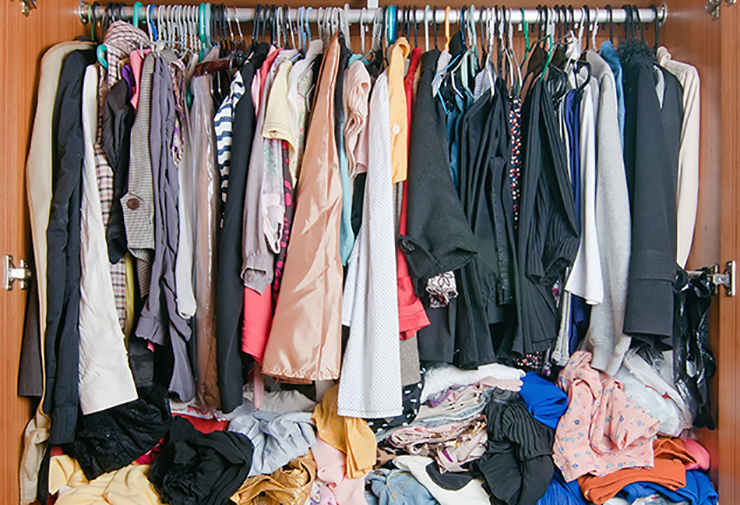
I’d love to have you over, but my apartment is an absolute mess. These words amount to a daily refrain here in New York City—where living space is at a premium and clutter is rampant. (No wonder restaurants are so busy in this town.)
And who are the worst offenders? “Senior citizens! One hundred percent,” says the home organizing expert Marilyn Karpoff. “Cluttering” she affirms, “is a disease afflicting Boomers and older people.” Which makes perfect sense. Not only have we shopped our way through more decades than anyone else in our consumer culture, but we had parents who lived through the Depression and drummed Save Save Save into us. Plus, many of us have grown so accustomed to the stuff that’s been piled up around us that we’ve stopped noticing it. It blends in with the woodwork. In fact, the hoarding specialists Gail Steketee, former dean of the School of Social Work at Boston University, and Randy O. Frost, Smith College Psychology professor, consider it a condition they’ve blessed with an “official” (perhaps clinical?) name: clutter blindness.
So what kinds of stuff do we accumulate? Magazines … handbags from a decade ago … sports equipment we haven’t used in 30 years … clothes we’ve tired of … clothes that no longer fit … broken jewelry … unworn jewelry … outworn sneakers … excess bedlinen … excess tableware … record collections … VHS collections … knick knacks we no longer notice … furniture we no longer need … wedding gifts we never used … kitchen utensils we’ll never use again … tax records we no longer need to save … shopping bags stuffed with plastic bags … silver we inherited from our departed parents but honestly we’ll never use. Some of these items are so minuscule, you may wonder—why get rid of them? The answer is: you’re not only de-cluttering your physical space, but your mental space as well—and these tiny items are occupying that space.
All this stuff just sits there, taking up valuable real estate and raising a poignant question: Do you own it, or does it own you?
So overwhelming can all this mindless hoarding be that a Tenafly, New Jersey realtor, Stacy Esser, tells of families who move to larger homes because they’ve run out of space. “But here in Manhattan, you can’t afford to waste space,” notes the Upper West Side architect Gary Paul.
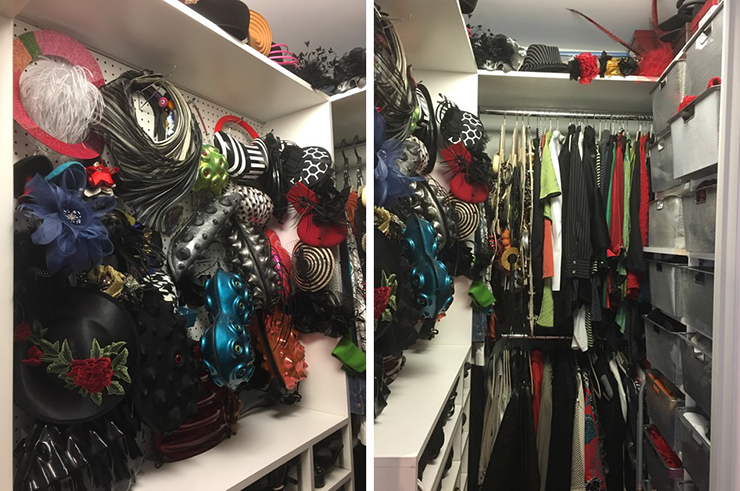
A New York City woman with a penchant for statement hats and handbags maximizes storage with shoe shelves, pegboard for hats and bags, two rods, and deep bins from The Container Store’s Elfa Collection.
. . . . . . . . . . . .
Of course, certain kinds of creative clutter can be charming and endearing, as per the interiors often depicted in Euro art films (such as Olivier Assayas’ Summer Hours or Luca Guadagnino’s Call Me By Your Name).
But otherwise, “there’s a cost to holding onto things,” adds Patty Morrissey, another local declutter expert. “Getting rid of them allows you to open up to what’s next.”
And it’s liberating. Suddenly you’re in charge, free to dispose of all the piled-up excess. Not only will your domestic square footage increase, but someone will likely benefit from receiving this excess. The hair colorist Marie Sigismondi tells of clearing out her handbag stash every three years, giving her Fendi and Gucci purses to assistants at the Pierre Michel Salon, where she works. They’re delighted to have these treasures, and she’s delighted at their delight.
“Many older New Yorkers don’t necessarily know they need decluttering help,” adds Marilyn Karpoff. But—maybe as a visceral reaction to gilded Trump-istic excess, or maybe the cult of the organizing consultant Marie Kondo (whose how-to-declutter book, The Life-Changing Magic of Tidying Up, has sold in the multi-millions), is having an impact. Whatever the reason, accumulation is out of style these days, and excess is lately being viewed as an embarrassment.
So what to do about it?
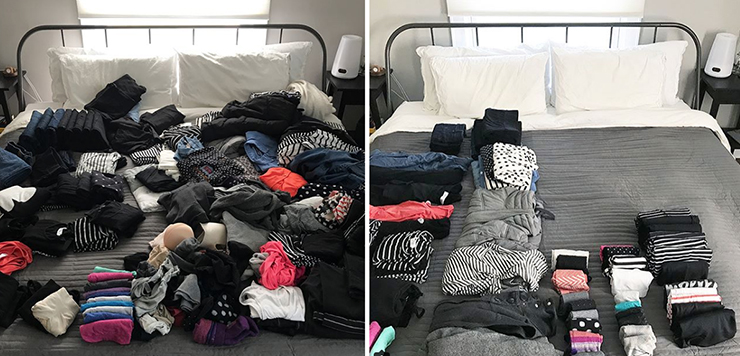
The KonMari method of folding, from konmari and me by Ellen Culpepper.
. . . . . . . . . . . .
Hire a Declutter Expert
If you’re overwhelmed with decades of entrenched overload or if you lack the physical or emotional stamina to winnow out and dispose of your clutter, specialists will come to your home to organize, declutter, help you find the courage to get rid of stuff, help arrange donations, advise you on what’s worth selling or consigning, and even get you set to move. Space organizing and decluttering have become something of a career, with dozens of these experts at your service in metro New York. And no need to feel shame when they arrive. They’ve already seen it all.
Fees vary, though generally they’re based on hourly (around $100-150) or package rates.
Whom to contact? Here are a few suggestions:
Marie Kondo followed up her declutter book with the KonMari Method, a certificate training program for tidy-uppers who make house calls. You choose the experience level you want—from Certified Green (10 tidying sessions) to Certified Master (500 tidying sessions). (konmari.com/consultants)
Marilyn Karpoff (quoted above), based in the Gramercy Park area, runs a unique one-stop shop. She not only organizes, declutters, packs, sells, and moves your goods, but she’s a Manhattan and New Jersey real estate broker too, who’ll sell your apartment or home if you’re downsizing. (karpoffaffiliates.com)
Patty Morrissey (also quoted above), a trained social worker who’s now a KonMari declutterer, frequently assists older clients and sometimes brings a team to rearrange and dispose of furniture and excess goods. (pattymorrissey.com)
Home organizers and declutterers can also be found on angieslist.com, taskrabbit.com and theserenehome.com.
Donate
The quickest and easiest way to unload is to donate, which offers the added bonuses of tax deductions and, often, the satisfaction of knowing your contribution has supported a worthy cause—which can range from cancer research to Syrian refugee aid. Among the thrift shops that offer free pick-ups, especially for sizable items, such as furniture, are:
The Salvation Army (Satruck.org), Goodwill Industries (goodwill.org), Housing Works Thrift Shops (housingworks.org), City Opera Thrift Shop (cityoperathriftshop.org), and Cure Thrift Shop, supporting diabetes research (curethriftshop.com)
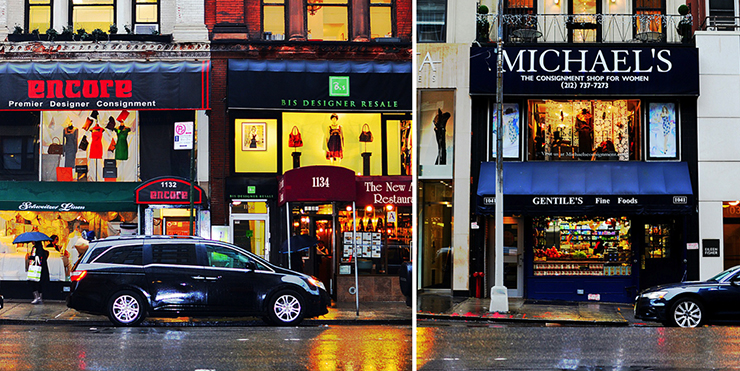
Luxury consignment shops have opened on Madison Avenue between 79th and 84th Street. Photos by CityGalonthego.
. . . . . . . . . . . .
Consign
Vintage goods—especially wearables—are currently in great demand, coveted by status-label-minded shoppers generally and especially by authenticity-seeking Gen Xers and Millennials who daily frequent thrift shops, antique stores and resale websites (which means these businesses are hungry for new supplies). But what is vintage, exactly? According to Valerie Steele, director of the Museum at FIT, it’s anything more than three seasons old. Keep that in mind as you weed out the goods in your closet. And don’t forget jewelry, hats and shoes
The seller typically receives 30-50 percent of the sale (and even higher for four-figure goods); payment is immediate after the goods are sold.
Here are some local brick-and-mortar consignment venues (note—they also operate online):
The Real Real is a top recommendation of Randy Lombard, an associate broker at Sotheby’s International Realty who keeps tabs on New York’s consignment shops for clients clearing out their apartments. Known for its top-notch luxury sales, The Real Real has a team of authenticators, horologists, gemologists and home and art curators who evaluate every item that comes in. They’re known for their fast sales, with items like fine watches and jewelry fetching up to 85 percent in commissions. And besides operating online, The Real Real recently opened a Soho store where you can drop off the goods, if you choose. (therealreal.com)
Randy Lombard also cites a uniquely New York recycling-via-consignment phenomenon occurring on the five-block stretch of Madison Avenue between 79th and 84th Street: a recent convergence of ultra-luxury consignment shops (selling Hermès, Chanel, Valentino, et al.), including that New York institution Michael’s (michaelsconsignment.com), neighborhood standbys Encore Resale (encoreresale.com) and Bis Designer Resale (bisbiz.com) and the newly opened La Boutique Resale (laboutiqueresale.com).
With four Downtown stores, meanwhile, Ina specializes in sometimes edgy designer goods and now offers sellers 70 percent of sales above $2,000, 60 percent for sales in the $750-1,000 range and 40% for lower prices. Goods can be mailed in or evaluated at in-store appointments. inanyc.com
Not to overlook internet-only consigners, dealing with goods at all price points and selling them around the world. Among numerous others, their websites include: Ebay.com, mercari.com, etsy.com, bonanza.com, and poshmark.com. One online consignment reseller, Barbara Green, who’s previously been profiled on these pages (Don’t Retire—Reboot, Part 2), is known for effectively selling often high- and mid-range clothing jewelry, and home décor items. You send her the goods and she too has them enticingly photographed before placing them online. (stores.ebay.com/Babsys-Closet)
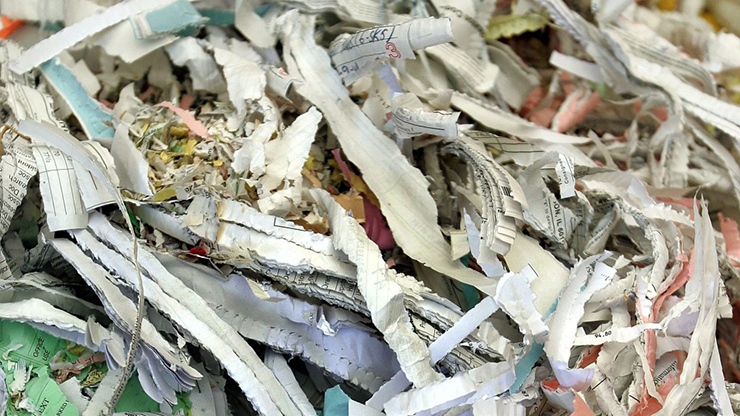
Use clear plastic bags to recycle shredded paper, or just empty the bag into the bin. The Organizing Goddess has a good series on recycling in New York City.
. . . . . . . . . . . .
Document Disposals and Shredding
Personal tax records can be disposed of after three years, or two years from the filing date. Business taxes or complex personal filings should be retained for 7 years. Other documents you may need in the future can be digitized and stored online—but don’t limit their storage to your home computer. Document copies should be duplicated—on the cloud, for instance, and photographed on your cell phone.
Shredding is the way to get rid of no-longer-needed documents containing valuable information. Home shredding machines will do the trick for small stacks of papers.
For larger amounts, Staples gets it done for 99 cents per pound.
The City of New York, meanwhile, holds annual spring Shred Fests—for free—at various parks in the five boroughs. Specifics will be posted early next spring at nyc.gov/shredfest. Or if you prefer not to wait, free shreddings are sporadically held at parks in specific neighborhoods. Check with your local police precinct for dates and details.

Manage your storage on the MakeSpace organizer App.
. . . . . . . . . . . .
Remote Storage
After all this pep talk about getting rid of clutter, the mere mention of the word storage seems like a cop-out. Yet not surprisingly, storage is a mega-business these days. Remote storage enterprises are currently worth $30 billion, and in New York City non-apartment storage space in luxury apartment buildings costs on average $1,000 per square foot.
If you have goods you simply won’t get rid of but prefer kept at a remove, the usual solution is hiring a U-Haul or lugging the goods to one of those self-storage facilities—warehouses typically located in outlying neighborhoods. But today we’ve got hassle-free, no-need-to-leave-home alternatives.
MakeSpace.com, for one, provides you with storage bins and wardrobe boxes for packing the goods. They pick up and store your goods at one of their facilities outside the city (meaning their rent is lower and so are the fees you pay them). You’re given an online photo catalog displaying each item, and whenever you want anything back you click on the desired item, and it’s delivered the following day. Pickups and drop-offs can also be done at local Goodwill stores. Similar storage businesses include closetbox.com and zippboxx.com.
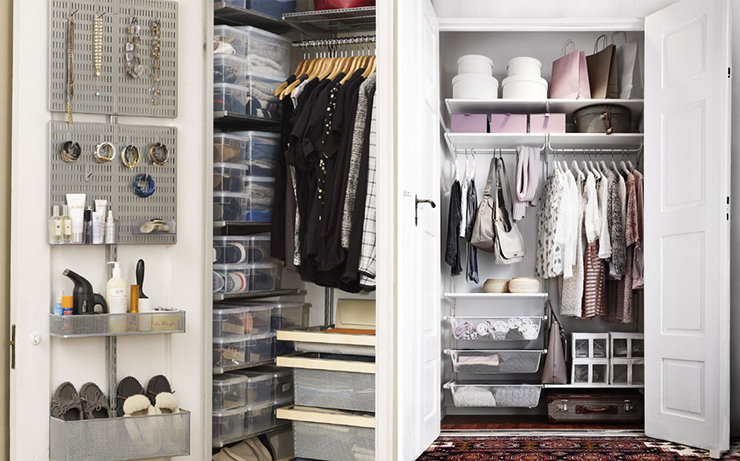
The Elfa custom shelving from The Container Store, and Algot system from Ikea.
. . . . . . . . . . . .
At Home Storage
Prefer at-home storage? Many New Yorkers live with those time warps—three-foot-wide, three-foot-deep reach-in closets shaped like our dear departed phone booths. They’re often stuffed to overflowing. But plenty of organizing solutions exist today to maximize their space. Reach-in closets can be outfitted, for instance, with double-tiered hanging systems, stackable overhead storage bins and shoe racks hooked onto the door—items sold at Ikea, Bed Bath Beyond and neighborhood home improvement stores like Basics Plus.
Or if you prefer your stored goods close at hand, yet you’re unwilling to sacrifice precious at-home square footage, the Upper West Side-based architect Gary Paul has a track record opening up apartment space. Rather than your investing in expensive storage systems sold in standard sizes that often don’t fit New York City habitats, he and his firm, GP Incorporated Design Consulting, will not only reconfigure your closets “to accommodate better use of space,” but will cannily devise storage areas in corners, around beams and in the many nooks and crannies found in New York residential buildings. garypaulcompany.com.
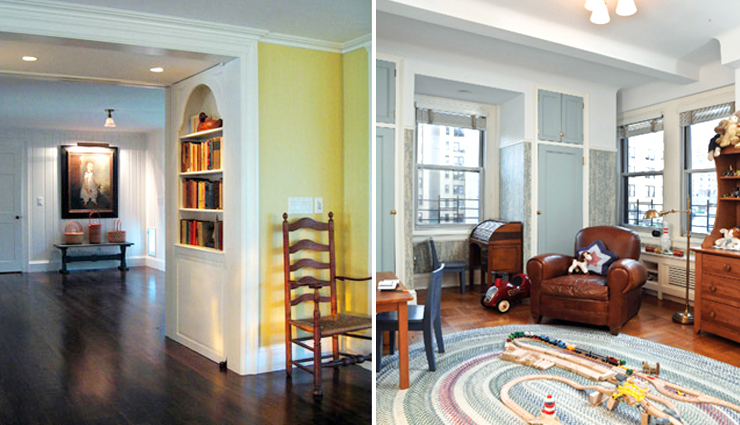
NYC storage solutions by Gary Paul Design Consulting. The bookcase is on hinges and hides storage under the stairs—the bookcase swings open. In a child’s bedroom—or any bedroom—closets were built for storage on either side of the window, removing only about 2′-4″ of space into the room and creating a nook for the window. Photos: David Matthew Walters.
. . . . . . . . . . . .
Linda Dyett’s articles on fashion, beauty, health, home design, and architecture have appeared in The New York Times, Washington Post, Monocle, Afar, New York magazine, Allure, Travel & Leisure, and many other publications.
You may enjoy other NYCitywoman articles by Linda Dyett:
Hair Style News: Isn’t it Time for an Update?
End-of-Winter Skin Soothers and Rechargers
The Latest in Makeup: Think Little or None
Turning Antique Lace into Silver and Gold
Tips from a Top NYC Hair Colorist
A Makeup Update for Mature Faces
A Look at Five Visionary Studio Jewelers
Five More Visionary Studio Jewelers




